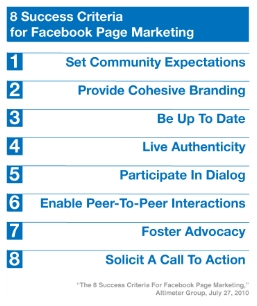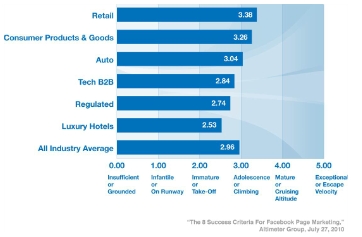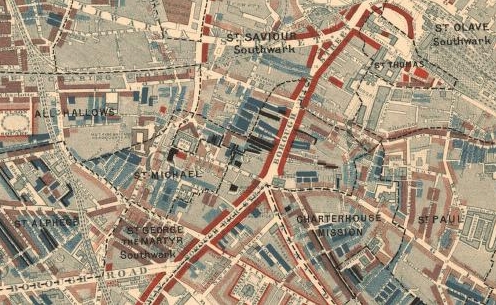You either love it or... that's it
485 words | ~2 min
I seem to be having a lot of conversations with smart people at the moment about brands with well-established problems. Specifically, the kind of problem with a product, service or organsation that gets the kind of persistent 'yes' response that planners can only dream of. You know the kind. Stella's for wife-beaters, Skodas break down, Belgium is boring.
Typically, you can do one of two things with a problem like this. The first is to ignore it, and develop all your brand messages without ever giving the slightest hint that lots of people already have a strong point of view about your brand. Let's call this the 'Stella' option, for obvious reasons.
It doesn't work, obviously. It's fresh wallpaper in a condemned house.
Option two is the surprise tactic. Don't talk about your problem, but find ways in which your brand is the exact opposite and talk about those. Let's call this the 'Visit Dangerous Belgium' option. (As far as I know there hasn't ever been a 'Visit Dangerous Belgium' campaign. But there should be.)
Unlike the 'Stella' option, this can work pretty well, but you've got to work really hard to show that popular perception is wrong (to convince us all that Belgium really is thrilling and dangerous).
So let's talk about option three. The one where you say 'yes, we know'.
This can be hard, especially if you've spent your whole history pursuing option 1. But it can be a far more effective way of changing people's conversations about your brand, by taking away the covert character of the old conversations. You may feel like you're selling out your brand managers, but really, look at how well it can work. Marmite said yes, we know half of you hate the taste. Skoda said yes, we know you all think our cars are crap. Nationwide said yes, we know building societies are desperately boring. Now you're listening, let's talk.
People are basically pitiless when it comes to brands, mainly because brands deserve it. They will find and exploit weaknesses. And now they'll do it online, where everyone can hear. Who can blame them, when most brands spend so much time talking about how great they are? Nobody likes that. If you spend all your time alternating between telling people 'Brand X Baked Beans are great' and asking people to 'tell us how much you love Brand X Baked Beans', they will be praying for any chance to knock you down. (If you don't believe me, Google 'Skittles twitter' and see how the colourful candy brand died for your sins.)
I've seen this advice dressed up as 'creating a forum for brand discussions', or 'generating conversations around a movement'. Both those metaphors still imply that the brand remains in control. So I prefer to summarise what's above as 'dealing gracefully with the fact that some people hate you, working out why, and fixing it'.
Catchy, eh?
# Alex Steer (03/08/2010)


